
Meal Prep for Beginners : How to stock your Indian Refrigerator

Indian cooking is no joke — if you’re making a full meal with roti, sabzi, dal, and rice, it can feel like a mini workout session in the kitchen. By the time you’re done, you might wonder, “Did I cook, or did I just run a marathon?” But I’ve learned that this seemingly elaborate task becomes so much easier with a little meal prepping — almost like giving my future self a helping hand.
When I got married and moved into a cozy apartment with my husband, our everyday meals became a bit of a struggle, as I couldn't balance between work, home, and cooking. We’d often choose between a bowl of instant noodles or ordering from the same restaurant we always did. At first, it felt easy, but soon, it stopped feeling good. Eventually, we started missing the comfort and nutrition part of home-cooked meals. It made us realize that settling into a new life also meant figuring out how to eat well without shortcuts.
Meal prepping isn’t just for people with crazy hectic schedules; even if you have a relatively balanced routine, stocking your fridge smartly can be a game-changer. With a little planning, I’ve found that keeping my fridge organized with the right ingredients can make my life much easier. Here’s how I stock my Indian fridge for easy meal prep so I’m never caught off-guard when it’s time to cook.
Fresh Produce
After years of optimistic over-shopping and tragic goodbyes to rotten veggies, I’ve finally cracked the code — buy only what you will actually consume or what your fridge can handle without turning into a jungle of forgotten produce like mushy tomatoes and wilted coriander that looked like it had seen better days.
Every time I saw a sale on fruits and vegetables, my brain went into full-on “grab everything” mode — because obviously, stocking up meant I was being responsible, right?
Wrong.
Lesson learned? Just because it’s on sale doesn’t mean our stomachs are going to expand to eat. Now, I only buy what I can realistically cook or consume!
- Common Veggies: Tomatoes, onions, carrots, capsicum, bell peppers, and French beans are my go-to. They last well in the fridge and are used in almost all my daily meals.
Pro Tip : You can even wash and chop vegetables you might need for the week and store them in containers so you can just start cooking whenever needed.
- Lemon & Green Chilies: A fridge staple that adds an instant burst of flavour to any dish. Remove the stalks of green chillies and store them in an airtight container lined with absorbent paper.
- Fruits : Cut and freeze fresh fruits like mangoes, bananas, strawberries, and watermelon for smoothies or milkshakes.
- Herbs: Fresh curry leaves, fenugreek leaves, coriander, and ginger-garlic are a must-have. For kadi patta, wash and dry them, then store them in an airtight container in the refrigerator. If you buy methi or kadipatta in large quantities, wash and dry them completely and store them in an airtight container. I keep coriander wrapped in paper towels inside plastic bags to maintain its freshness for longer.
Despite all my meal prep efforts, I have to admit — my mom still comes in handy! She’s my secret supplier of essentials like ginger paste, green chilli paste, and garlic paste. No matter how independent I try to be, her neatly packed little containers magically appear in my fridge every time I visit home (or when she visits me and secretly restocks my supplies). But, yeah, you can grind ginger, garlic and green chilly separately in bulk, lay a cling wrap over your ice tray, and press down into the cavities until the film covers each cavity fully. Freeze them and use them as and when required.
Dairy Staples for Convenience
Indian cooking revolves around dairy products, and I always have these items on hand:
- Milk & Curd: A fridge essential. I make curd at home every few days. It’s not only cost-effective but also adds that perfect zing to my meals, especially for making raita or Gujarati kadhi and even flavourful snacks like dahi kebab, dahi tadka toast, or dahi bread rolls. You can use homemade curd with a bit of sour flavour to soak batter for khatta dhokla or give tang to rava upma.
Pro Tip: Visit a local dairy nearby or ask your neighbour for fresh curd to get the curd-making process at home started.
- Paneer & Whey: With the rise in analogue paneer in the market, it is better to make fresh paneer at home quickly using full-fat milk. You can use vinegar or lemon juice to separate the milk solids from the whey. Whey can be consumed as it is or further used to make paratha or chapati dough. You can even turn whey into a delicious bowl of calcium-rich soup with addition of some fresh veggies. Whether I’m making a quick curry or a wrap, paneer is my go-to vegetarian source of protein.
- Butter & Cheese: I always tell myself I’ll use butter and cheese in moderation — just a little spoon of butter in my dal or a tiny sprinkle of cheese on my toast. But let’s be real. The “just a little” rule never works. One minute I’m delicately spreading butter on my paratha, and the next, I’m channeling my inner Punjabi dhaba chef, drowning everything in glorious golden goodness.
As for cheese, well… it starts as a garnish and ends up as a whole layer of melted happiness on my meal. Who am I kidding? Moderation and dairy don’t mix in an Indian kitchen.
Protein Sources to Keep Me Energized
Being someone who doesn’t have the luxury of time to cook every day, I prep my proteins in bulk. You can buy lean meats like chicken or fish in small quantities and marinate them for quick cooking. I rely heavily on vegetarian proteins like:
- Lentils (Dal) : Dal is a staple in my home. I love cooking mixed dals throughout the week, but if you only consume toor daal on a regular basis, make a large batch on the weekend and store it in portions so you can quickly reheat it during the week, put a tadka and enjoy with rice.
- Eggs: They’re easy to prepare, versatile, and a great source of protein. They are excellent for a great breakfast or a quick snack.
Pre-Cooked Gravy Bases and Masalas
One of the secrets to fast and delicious cooking is having pre-made gravy bases ready to go. I make a batch of onion-tomato masala or bhuna masala and store it in an airtight container for up to 5 days. I would suggest you make a chunky version by lightly sautéing onions in oil, adding tomatoes and cooking until mushy, adding powdered spices and salt, and letting it cook until oil separates. You can use this as a base for both vegetarian dishes and non-vegetarian dishes to make sabzis or dal. You can blend this chunky mixture into a smooth gravy for creamy, restaurant-style gravies; add paneer, eggs, chicken, prawns, or mixed vegetables, and you have a delicious curry ready to relish.
I also keep mint paste and tamarind paste in the freezer to speed up my cooking process. This has been a game-changer as my chaats are sorted if I have unannounced guests or in a mood to have something chatpata!
Ready-to-Eat & Quick Snacks
As someone who doesn’t have the time to cook elaborate meals daily, I make sure I always have easy, nutritious snacks available:
- Sprouts: I love making fresh sprouts, especially moong or matki, which I store in the fridge. They’re great for adding to chaat or making quick salads.
- Baked and Boiled Goodies : If you eat meat, then baking chicken and vegetables in the oven is easy and healthy. Boil a big batch of potatoes or a dozen eggs and store them; they come in handy to make a quick snack.
- Pulses : You can boil and store pulses like Chole or Rajma for only about a week. They can be enjoyed as they are in a salad/chaat form or turned into epic kebabs and used in sandwich or roll fillings.
- Batter : You can make and store batter for dosa, idli, cheela or vada. The trick is to divide it into small batches and freeze it. That way you can defrost just the amount you want to use.
- Chutneys : Chutneys made of mint, coriander, tamarind, and coconut serve as great accompaniments. Besides, you can even use them to perk up other dishes, like adding a spoonful to your vagharela kurmura to make tantalizing bhel.
- Dried Fruits : If you are health conscious, make sure you have nuts and seeds like almonds, walnuts, cranberries, sunflower seeds, and pumpkin seeds stacked to munch guilt-free.
- Indian Breads : You can make half-cooked chapati, paratha, and stuffed paratha & store them in the freezer.
Tips for Meal Prep and Fridge Organization
- Batch Cook: On weekends, you can cook large batches of rice, dal, and vegetable curries. These last for 3-4 days, and you can easily reheat/microwave them during the week.
- Proper Storage: I use small airtight glass containers to store cooked food. This helps keep freshness and prevents odours from spreading in the fridge. Ziplock bags or freezer/microwave-safe containers are also great options.
- Thaw Correctly: When thawing frozen meals, do it safely in the refrigerator overnight or using the defrost option in the microwave.
- Label Everything: Follow FIFO, the first in, first out principle. Always label containers with the date so you can keep track of what needs to be consumed first.
All these practices have helped me save time, reduce food waste, and, mainly, take the stress out of cooking. There’s something oddly satisfying about knowing that your weeknight dinner is just a few quick steps away instead of facing this daunting question every day: Aaj khaane mein kya banaye?
While the idea of meal prepping is super common in Western countries, Indian kitchens can benefit as much from a little smart planning. You don’t need to go all out—start small. Just a few basics, like creating a weekly meal plan and having herbs and veggies handy prior to cooking or frozen fruits for a breakfast smoothie can make a world of difference.
Meal prepping is like giving a gift to your future self. Trust me, your tired weekday self will thank you when all you need to do is toss a few things together, and a healthy dinner is ready in minutes. So prep smart, cook stress-free, and enjoy your food!
Related Blogs
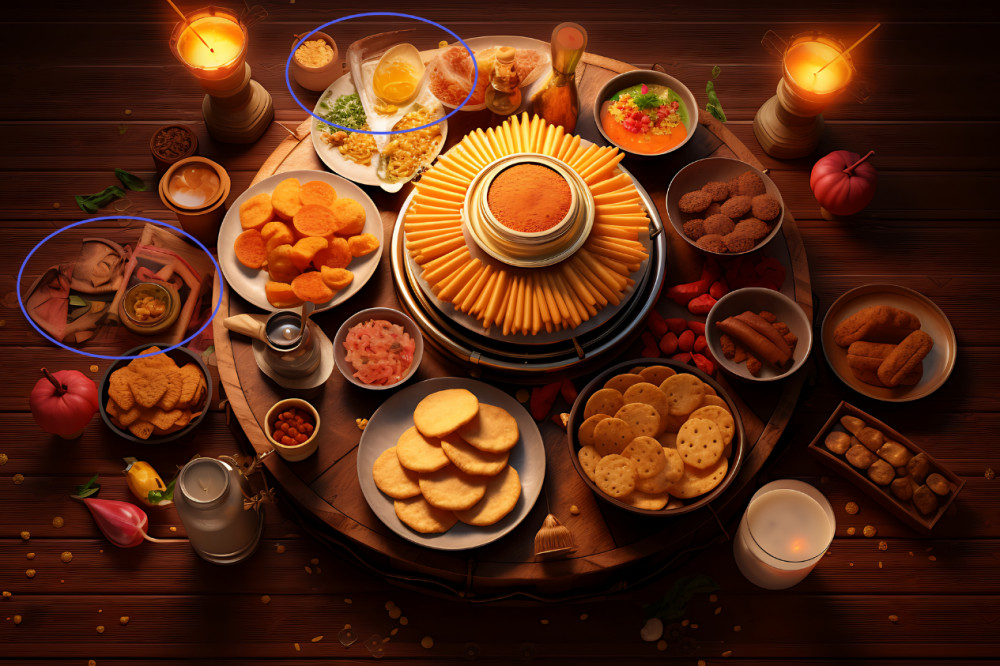
Food Offerings and Festive Plates of Kartik Purnima
103 Views
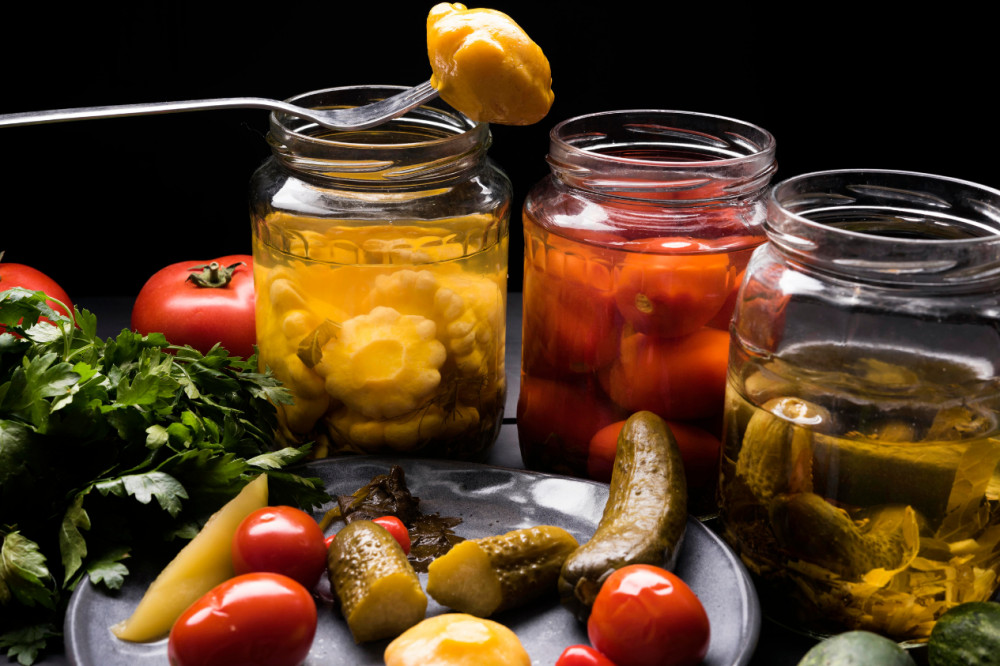
The Science of Ferment: Easy Homemade Fermented Foods
80 Views
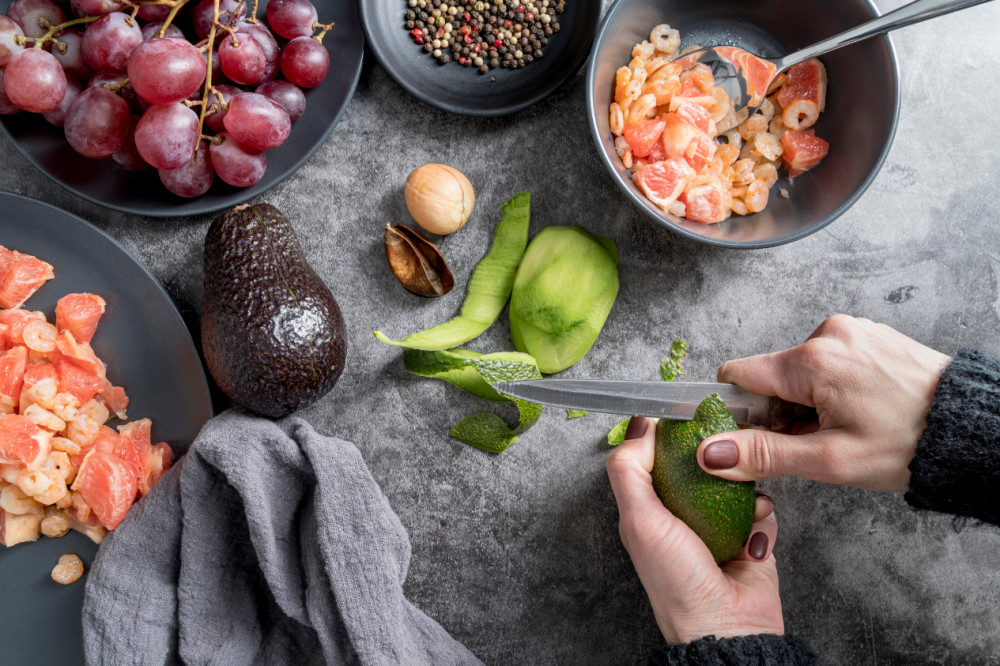
Zero-Waste Cooking: 7 Dishes That Use Every Bit
73 Views
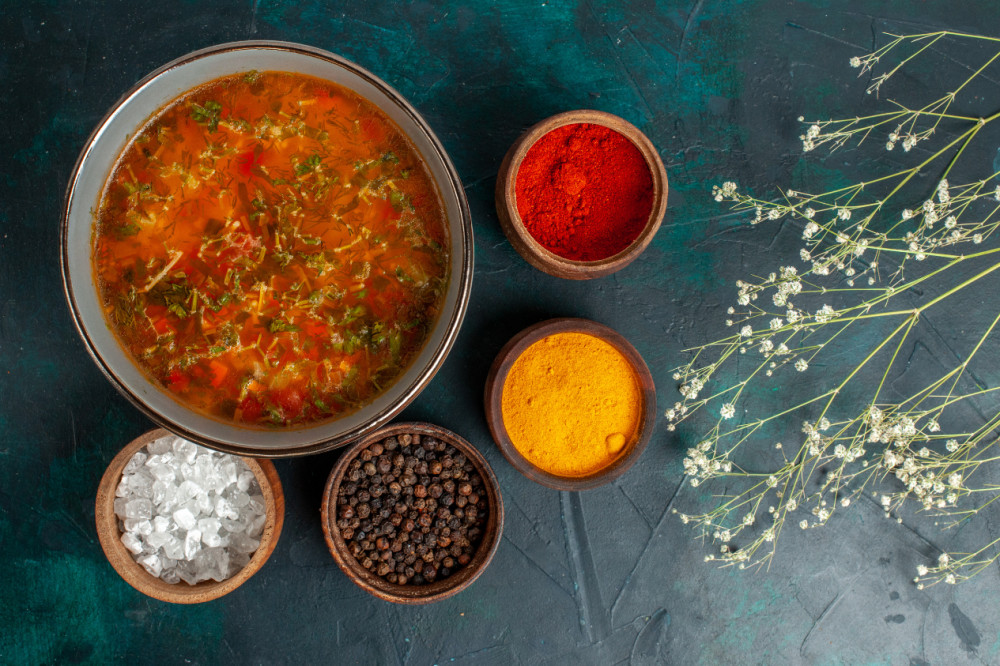
Warm Spices, Cold Valleys: Comfort Food from Kashmir
112 Views
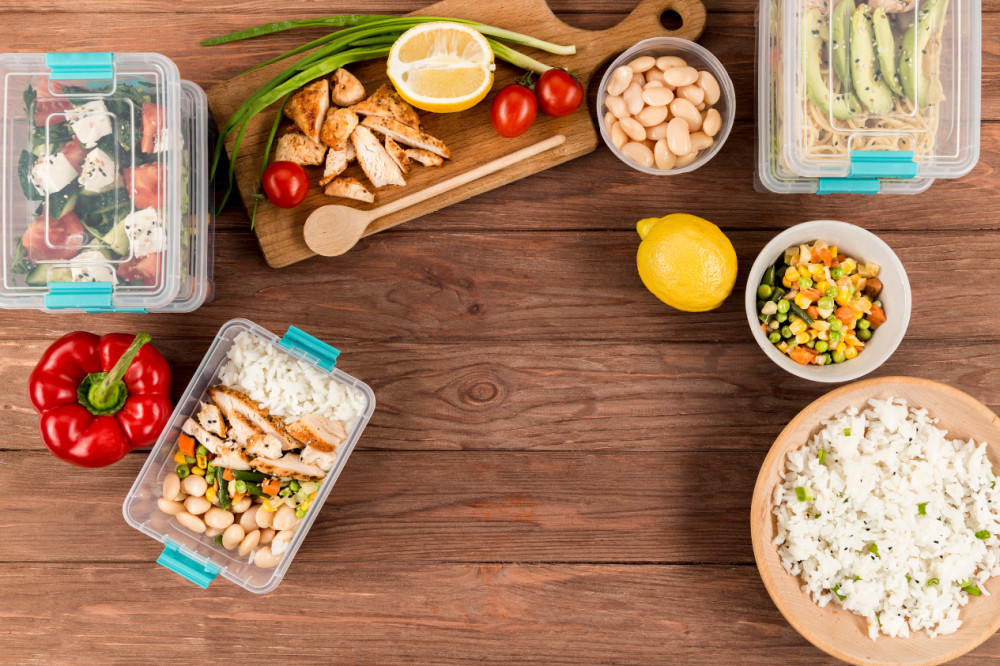
5 Wholesome Lunchbox Meals You Can Cook in 20 Minutes
119 Views